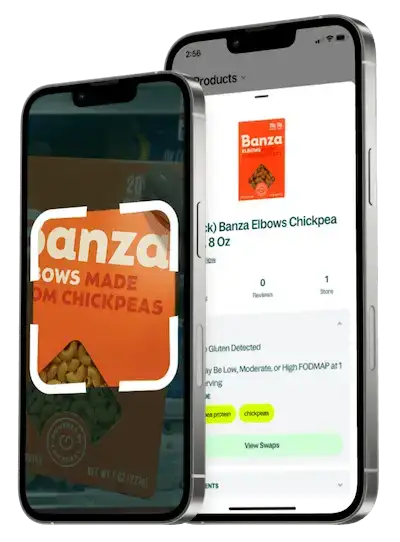Is Classico Four Cheese Alfredo Pasta Sauce Dairy Free?

Description
Rich, savory flavor and a smooth, velvety texture that clings to pasta; commonly used to dress fettuccine, penne, casseroles or as a skillet sauce for proteins and vegetables. Reviewers note convenient, ready-to-use consistency and pleasant creaminess, while some occasionally report it can taste overly salty or heavy for personal preference.

Description
Rich, savory flavor and a smooth, velvety texture that clings to pasta; commonly used to dress fettuccine, penne, casseroles or as a skillet sauce for proteins and vegetables. Reviewers note convenient, ready-to-use consistency and pleasant creaminess, while some occasionally report it can taste overly salty or heavy for personal preference.
Ingredients
Water Heavy Cream (from Milk), Modified Cornstarch, Parmesan Cheese (Part-Skim Milk, Cheese Culture, Salt, Enzymes), Romano Cheese Made from Cow's Milk (Cultured Part Skimmed Cow's Milk, Salt, Enzymes), Contains Less than 2% of Ricotta Cheese (Milk, Vinegar, Salt), Sugar, Asiago Cheese (Cultured Part-Skim Milk, Salt, Enzymes), Salt, Enzyme Modified Egg Yolks, Flavored Butter (Butter [Cream, Salt], Natural Flavor), Whey Protein Concentrate, Pasteurized Milk, Sodium Phosphate, Granulated Garlic, Xanthan Gum, Black Pepper, Natural Flavor, Enzymes, Cheese Culture, Butter (Cream), Gum Arabic.
What is a Dairy Free diet?
A dairy-free diet eliminates all foods made from or containing milk and milk-derived ingredients, such as butter, cheese, yogurt, and cream. It's essential for people with lactose intolerance, milk allergies, or those who prefer plant-based alternatives. Common dairy substitutes include almond, soy, oat, and coconut-based milks and cheeses. While dairy is a major source of calcium and vitamin D, these nutrients can be replaced through fortified foods or supplements. Many people find going dairy-free helps reduce digestive issues, acne, or inflammation, but balance and proper nutrient intake remain key for long-term health.
Similar Products
Annie's Homegrown Totally Natural Rice Pasta & Cheddar Macaroni N Cheese 6oz Box
Rao's, Alfredo Pasta Sauce, 15 Ounce
BERTOLLI ALFREDO SAUCE WITH AGED PARMESAN CHEESE, ALFREDO WITH AGED PARMESAN CHEESE
Rao's Homemade Marinara Sauce Premium Quality All Natural Tomato Sauce & Pasta Sauce Keto Friendly & Carb Conscious - 24oz
Annie's Organic Vegan Macaroni and Cheese Elbows & Creamy Sauce Gluten Free Pasta, 6 oz


